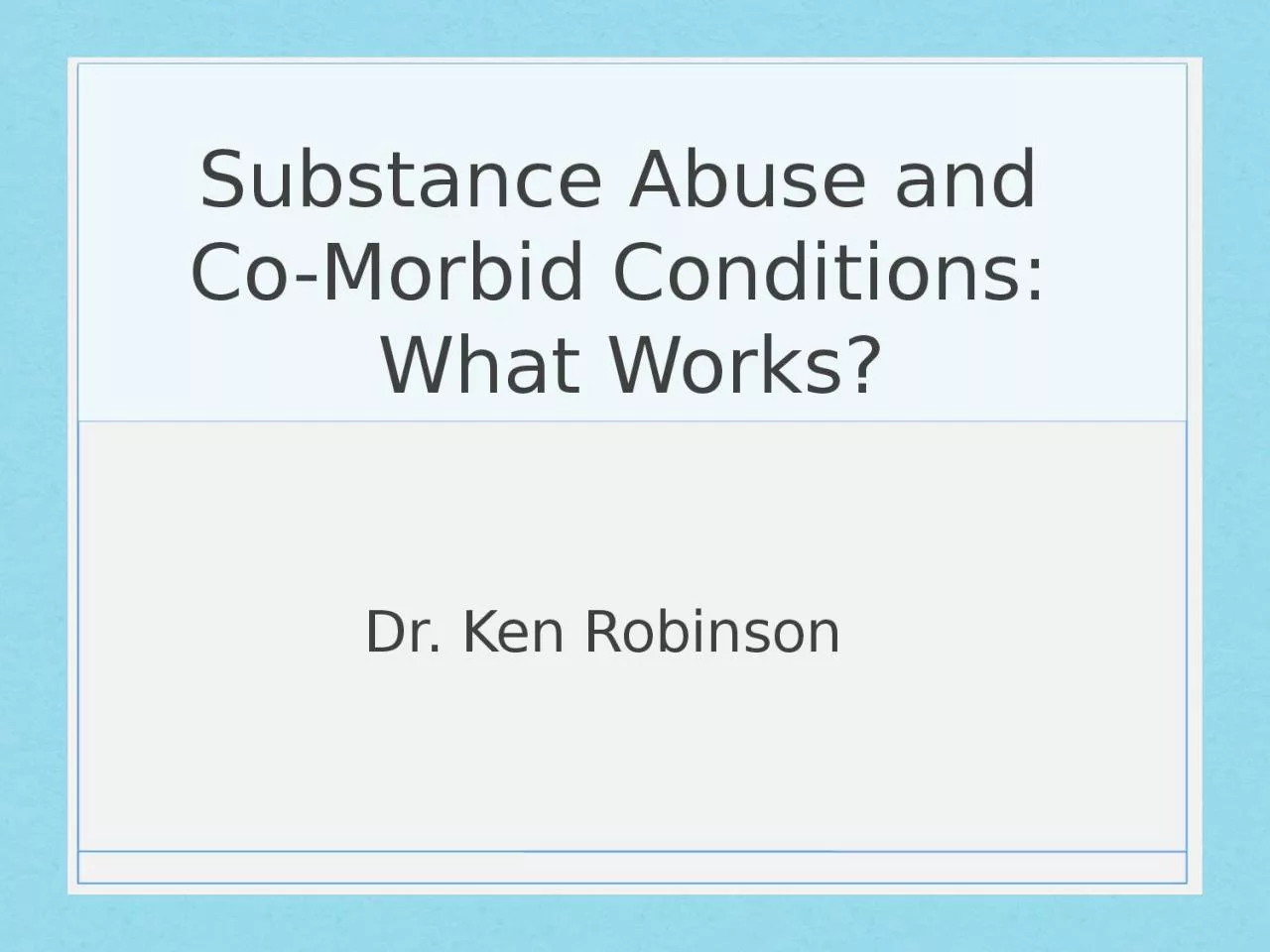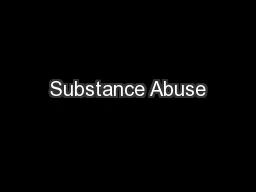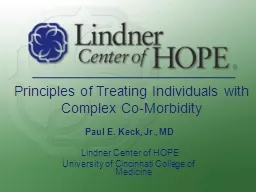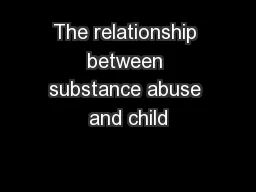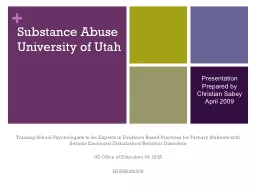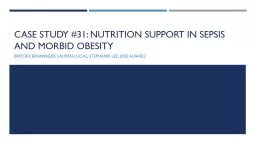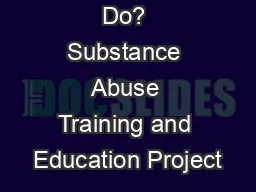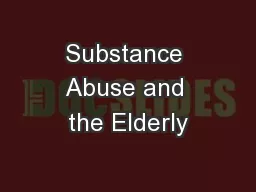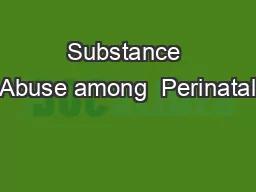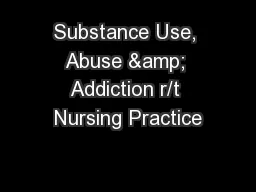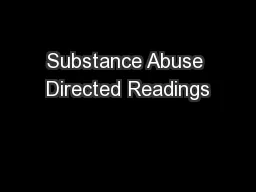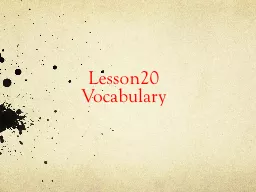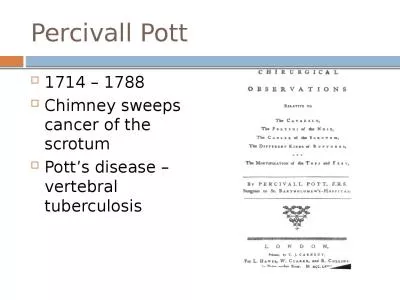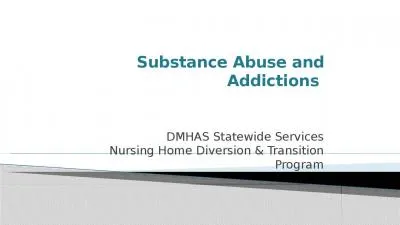PPT-Substance Abuse and Co-Morbid Conditions:
Author : berey | Published Date : 2024-01-13
What Works Dr Ken Robinson Objectives We will discuss and explore the Prevalence of HIV and substance use Risks of HIV and substance use Prevalence of substance
Presentation Embed Code
Download Presentation
Download Presentation The PPT/PDF document "Substance Abuse and Co-Morbid Condition..." is the property of its rightful owner. Permission is granted to download and print the materials on this website for personal, non-commercial use only, and to display it on your personal computer provided you do not modify the materials and that you retain all copyright notices contained in the materials. By downloading content from our website, you accept the terms of this agreement.
Substance Abuse and Co-Morbid Conditions:: Transcript
Download Rules Of Document
"Substance Abuse and Co-Morbid Conditions:"The content belongs to its owner. You may download and print it for personal use, without modification, and keep all copyright notices. By downloading, you agree to these terms.
Related Documents

